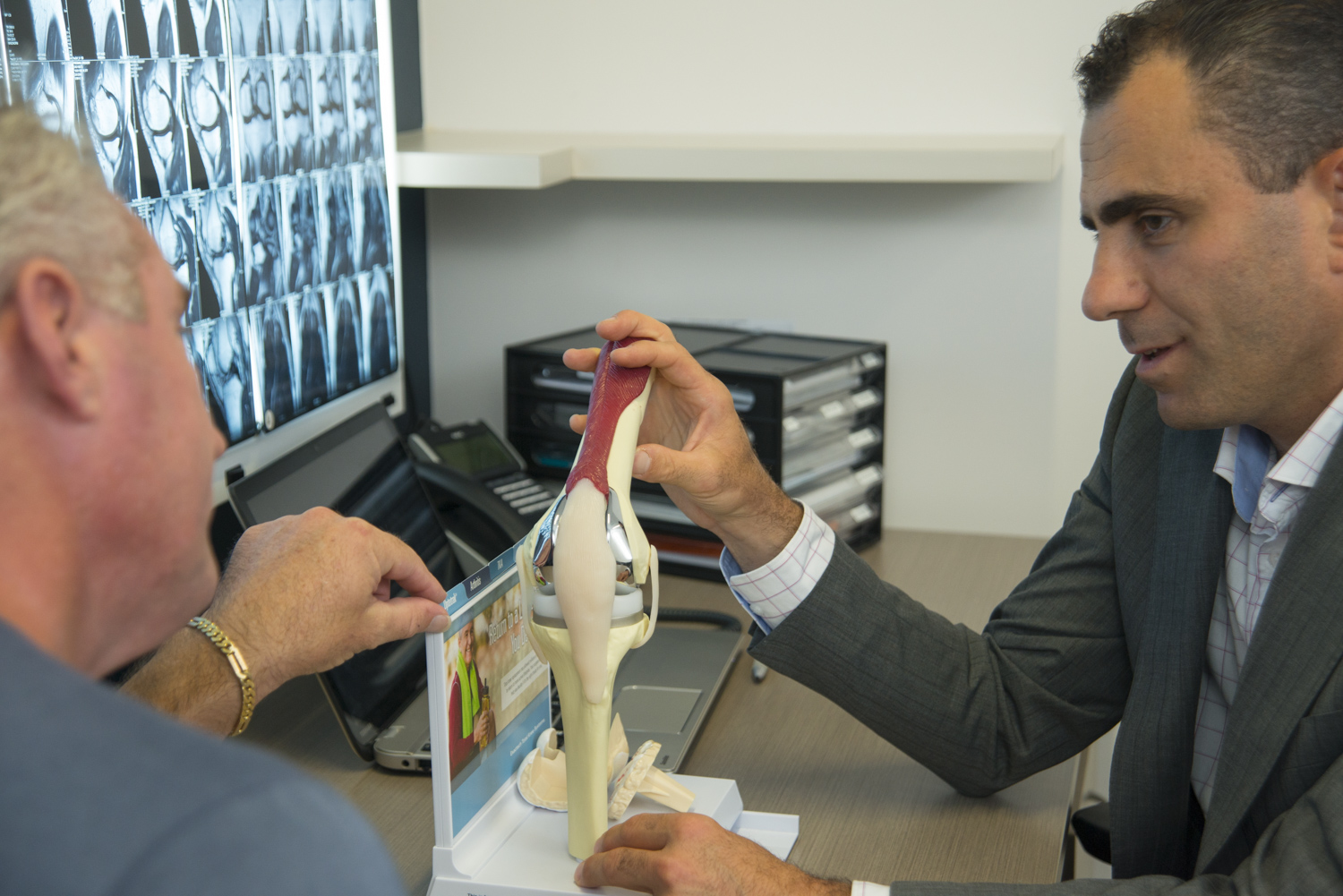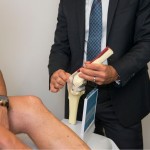
Many people complain of joint pain in the colder months and over the years there have been several studies undertaken to try to determine what, if any, correlation there is between the cold weather and pain in the joints/muscles.
Different factors have been examined including temperature, humidity, barometric pressure and exposure to sunshine, as well as patient habits and behaviours including diet, exercise and overall health. The results from study to study have varied dramatically making it difficult for any real evidence based causal linkage and as each person’s pain is self-reported, measurements are subjective. Although it is recognised from the number of studies undertaken that there is some link between temperature and joint/muscle pain, scientists continue to argue as to what the exact cause may be.
A current leading theory is that the main factor of joint pain in colder weather is due to atmospheric pressure. Why? It’s theorised that this could affect the gases and fluids inside our joints. Another popular theory is that we become less active in the cold and have extended stretches of remaining sedentary which causes our muscles and joints to become stiff and tight.
Although we may not yet be able to determine what the link between the weather and the affect on our joints is, data does suggest that there is a link – we just can’t yet identify it.
What joint conditions are affected by the cold?
We do know that people who have underlying medical conditions such as arthritis have increased symptoms in the wet, colder months and that winter can make it more difficult to manage symptoms. Arthritis affects many people, but in particular Osteoarthritis or OA, otherwise known as “wear and tear arthritis” is a chronic disease that most commonly occurs as we age.
For anyone who suffers from arthritis, the wet weather and the colder winter months can prove difficult and make it harder to manage the symptoms of OA.
Who gets OA?
Although many retired elite athletes and active sports people suffer with arthritis at an earlier age due to the extra strain and trauma that has been placed upon their joints, OA is listed in the top 5 chronic diseases affecting Australians.
Data taken by the ABS in 2014 – 2015 as part of a National Health Survey identified that about 9% of our population have OA; that it is more common in females than males; and that the incidence of OA rises sharply after the age of 45.
So, what can you do to help winter prevent aches and pains?
Tip 1 – Dress warmly
One of the easiest things to do is to make sure you dress warmly, although it can be harder if you are engaged in active, manual, or outdoor work or activities. Remember to pay special attention to the head, hands and feet. Why? Keeping warm will help keep the pain away and we lose the majority of heat through our extremities. Wear layers as they trap body heat, if possible, wear gloves for your hands, a hat and a scarf as well as warm socks and try to avoid getting your feet wet or damp.
Tip 2 – Don’t stop exercising
It’s very tempting in the colder weather to “hibernate”, but regular exercise is one of the best things to do to ease joint pain as well as increase our strength and flexibility. Running the paddock in the cold won’t be help your joints, but there are lots of other options that will keep you moving and your joints lubricated. Try:
- Walking indoors in large spaces
- Gentle aerobics or yoga classes
- Dancing
- Use the stairs instead of the lift
- Stretch or perform some light exercises while watching TV
- Aquarobics or swimming in a heated pool
Tip 3 – Hot and cold therapy
Hot and cold treatments have proven to be very beneficial in managing arthritis pain in the joints. Take long warm showers and baths to help ease your joint stiffness and the use of hot packs is also beneficial.
Tip 4 – Diet
There has been a great deal of research around food types that can help in the fight of joint inflammation (which causes OA.) Try adding fish to your diet on a regular basis. Fish rich in omega-3 fatty acids such as salmon, tuna, trout and mackerel are ideal – and don’t forget your veges! Broccoli, Brussel sprouts, cabbage, kale and cauliflower are all recommended.
Tip 5- Lose Weight
Carrying extra weight puts extra stress on our hip and knee joints. Just losing 5 – 10 kilos will make a significant difference in managing the pain and symptoms of OA and there are many assisted weight loss programs available that can be tailored for you and your lifestyle.
Are there other medicines or treatment options available to reduce arthritic pain?
Yes there are.
- Paracetamol can help relieve pain.
- Nonsteroidal anti-inflammatory drugs can be used to reduce pain, swelling, and fever.
- You can have steroid shots in the joint to reduce swelling
Can OA be healed naturally?
Unfortunately no. As it is a degenerative chronic disease OA can’t be “healed” as such and at some point the disease will deteriorate the joint to “bone on bone”. When this occurs, we will likely recommend that you consider a joint replacement. Why? Your natural joint is unable to function properly when it becomes bone on bone. Many years of research based around development of prosthetics and the refinement of techniques means that hip and knee joint replacements are one of the most successful surgeries performed worldwide and have given many people the ability to continue to live a rich and independent life.
No doubt, research will continue and the answer to increased joint pain in the cold weather will be found, until then….
Keep Calm, Keep Warm and Keep Moving!


